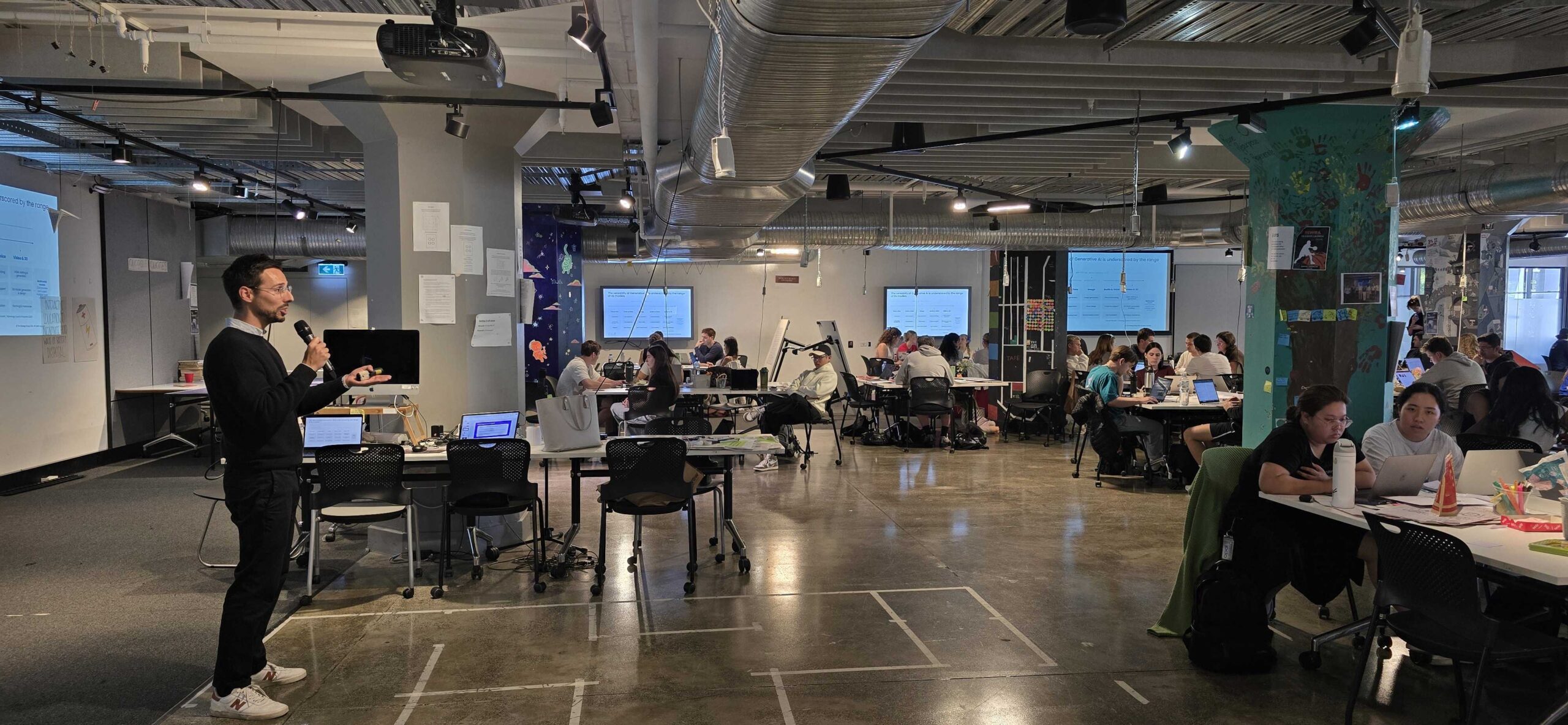We are devoted fans of Design Thinking – we teach it, we help clients use it, and we believe in its philosophy. So it is with delight that we could learn a little more about the culture of IDEO, the founder of the Design Thinking movement as we know it today. There is an excellent report in the Harvard Business Review by Teresa Amabile, Colin Fisher and Julianna Pillemer on Ideo’s “Culture of Helping” . She maintains that leaders can do few things more important than encouraging helping behavior within their organizations. In the highest-performing companies, it is a norm that colleagues support one another’s efforts to do the best work they can. That has always been true for efficiency reasons, but collaborative helping becomes even more vital in an era of knowledge work, when positive business outcomes depend on high creativity in often very complex projects. She continues by asserting that a help-friendly organization has to be actively nurtured, however, helpfulness among colleagues does not arise automatically: competition, pride, or distrust may get in the way. This management challenge—to increase a discretionary behavior that by definition must be inspired—makes all the more impressive what the design firm IDEO has already achieved. Its help-seeking and help-giving culture is behind the firm’s success. So how has IDEO managed to make helping the norm? To answer this question, Amabile, Fisher and Fillemer spent two years observing, interviewing people and conducting surveys at one office of the firm. They discovered five keys to building a help-friendly organization that leaders of other organizations could learn and apply to similar effect. 1) Start by being very clear that helpfulness produces better outcomes than internal competition. Model that conviction in your own help giving and help seeking. Make yourself accessible, and don’t be afraid to show a little vulnerability. Respect the helper by using the help. That will send a message more powerful than anything you could possibly say. 2) Use your influence as an organisational leader to establish expectations. At IDEO, employees are given something called The Little Book of IDEO, which spells out the most important values of the organization. Chief among them is “Make others successful.” Take a cue from it and use your own format to campaign for more help seeking and help giving. Make sure that new recruits understand the importance of those norms. Make it known that you consider help giving a productive activity and that help seeking in your organization is viewed as motivated self-development, not stigmatised as weakness. Celebrate help when you see its positive impact. 3) Work hard to foster high levels of trust across the organisation – stifle political battles, encourage high-status people to admit and learn from mistakes, and don’t blame or punish those who come forward for help after good-effort failures. Create opportunities and spaces for people across disciplines and functions to interact informally and frequently. And use meetings or training sessions to teach people throughout the organisation how to seek, find, give, and receive help effectively. 4) Establish regular activities and practices so that people can get help from others in your organisation – such as internal reviews with a few key insiders and regularly assigning one or two helpers to project teams (but don’t load on the official helpers. In creative collaboration, too many cooks can easily spoil the broth). Include “help those outside your own team” as part of job descriptions or assignments, and make it clear that people must be able to engender trust. 5) Finally, don’t overload people to the point where even if they are willing to lend their expertise to someone who needs it, they simply don’t have the time to do so. Embrace the seeming paradox that high-performing organisations are notable for their slack.
Home » Customer Experience » A Culture of Helping at IDEO
A Culture of Helping at IDEO

Jeffrey Tobias
Dr Tobias is an accomplished innovation consultant and entrepreneurship strategist, drawing expertise from the academic, entrepreneurial and corporate worlds. Jeffrey’s commercial and business experience is particularly focussed on lean startup, design thinking and leadership. Prior to The Strategy Group, Jeffrey was Cisco’s Global Lead for Innovation in the Internet Business Solutions Group helping Fortune Global 500 companies improve customer experience and grow revenue by transforming how they do business.
Jeffrey is a professor of innovation and entrepreneurship teaching MBA students at the Australian Graduate School of Business at the University of New South Wales. An active angel investor, Jeffrey is on the board of various well-known startups.
Read More of My Articles
Design solutions that shatter assumptions, delight customers, and define growth possibilities sustainably











